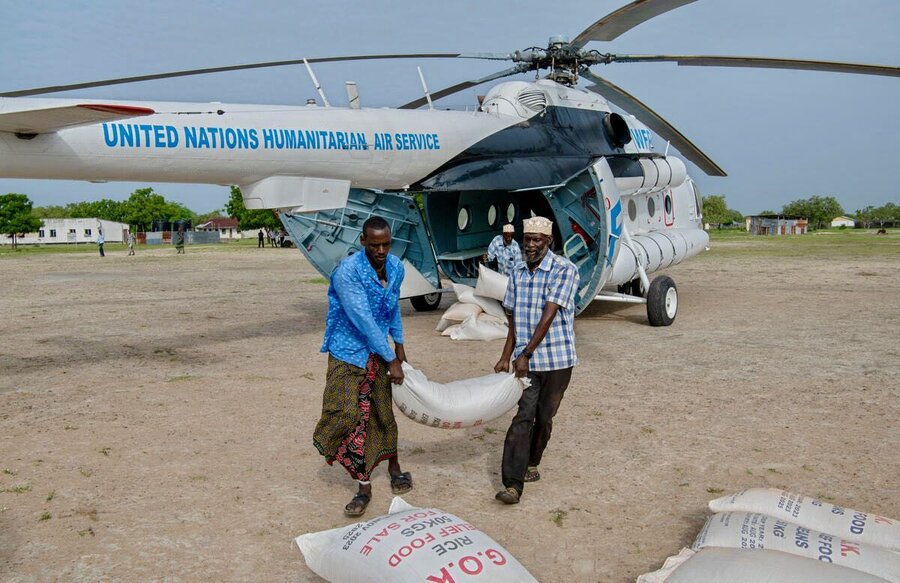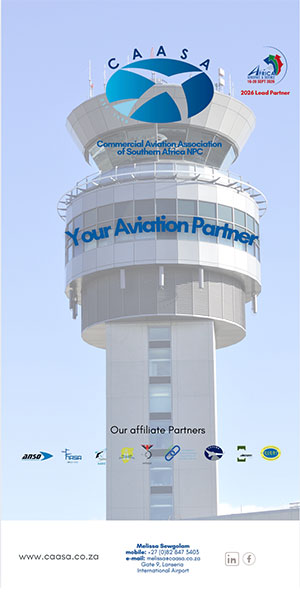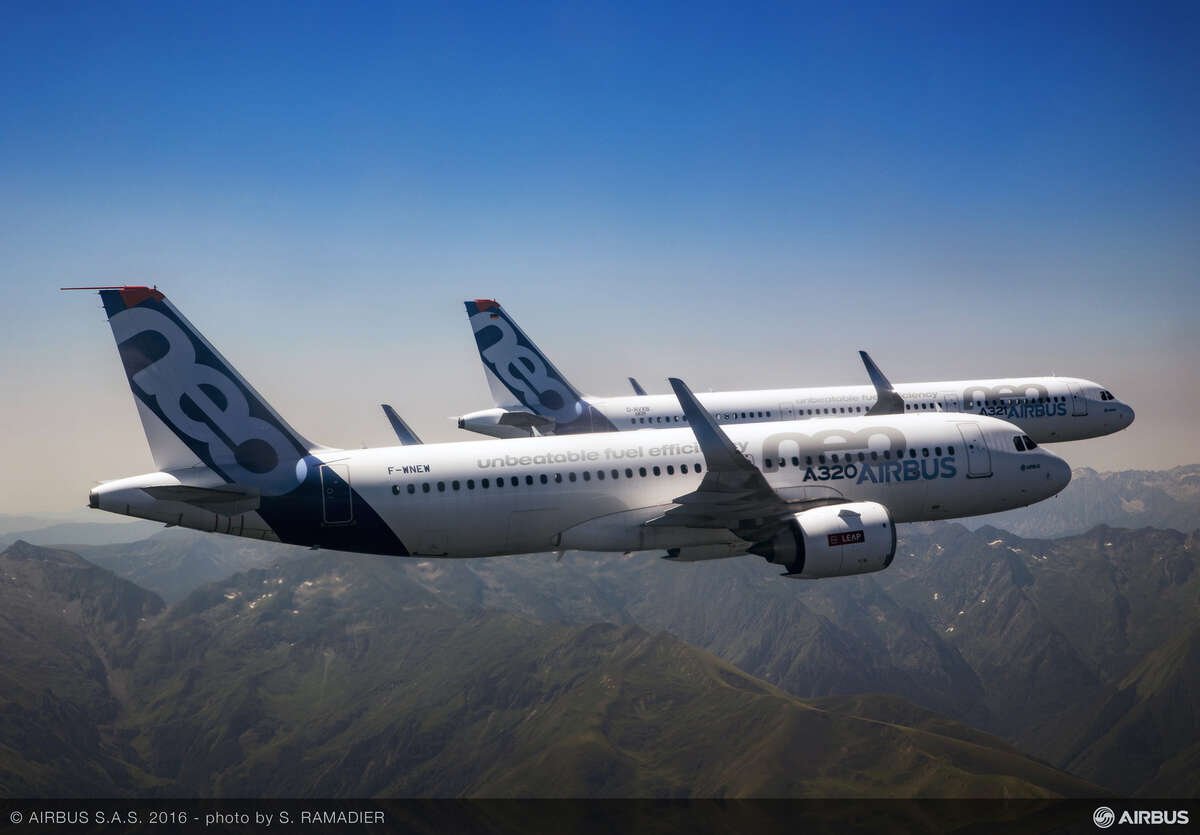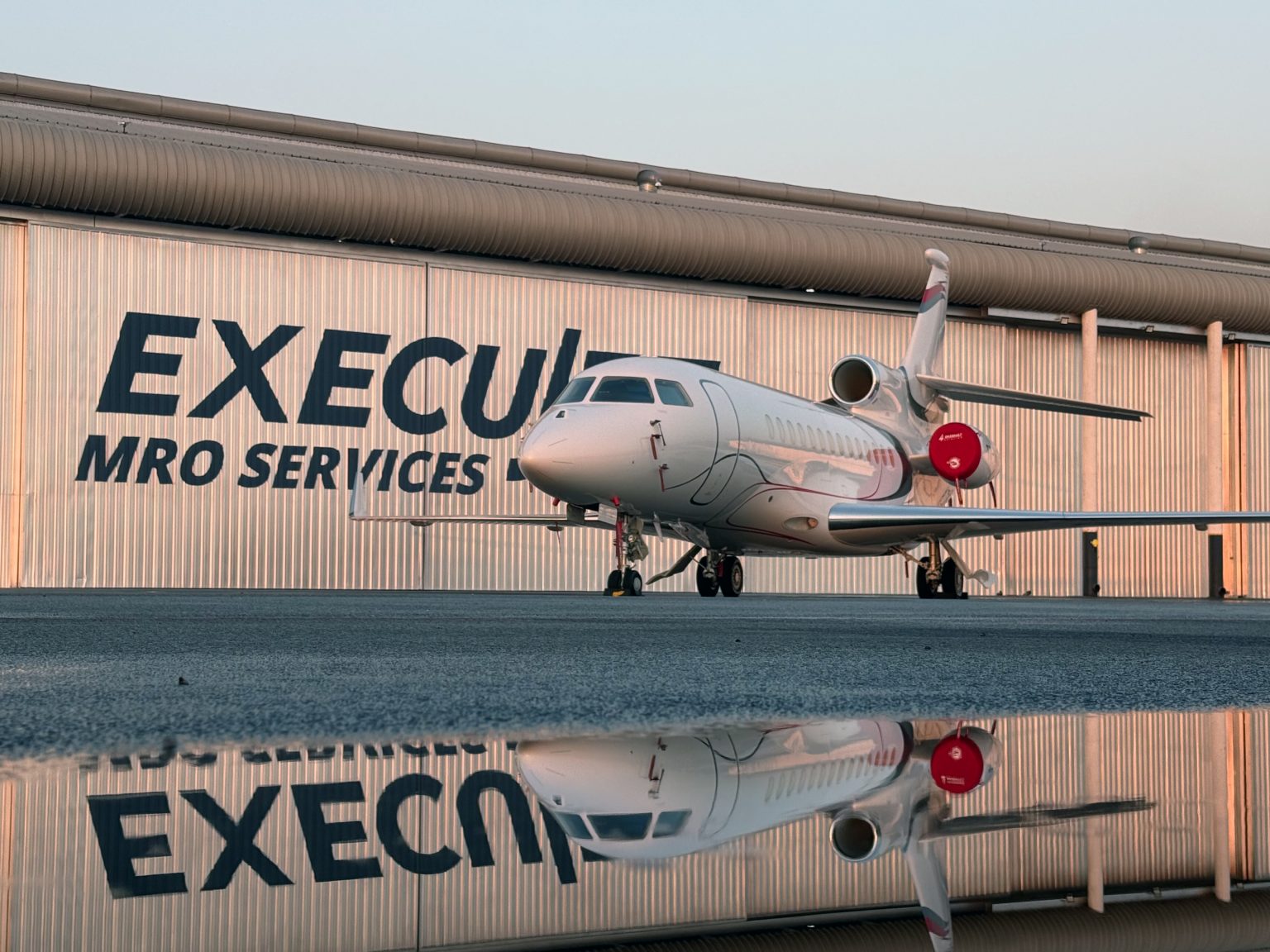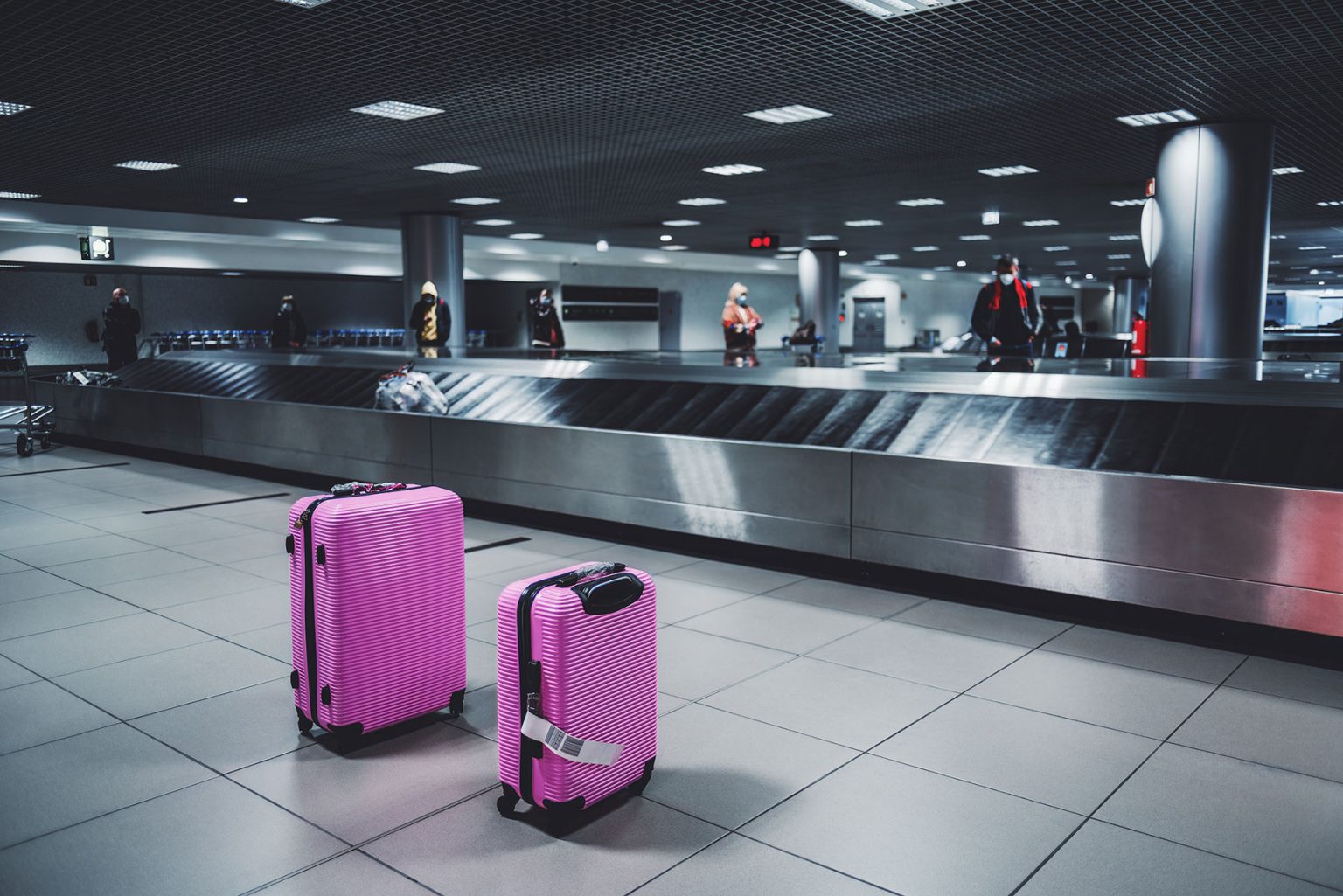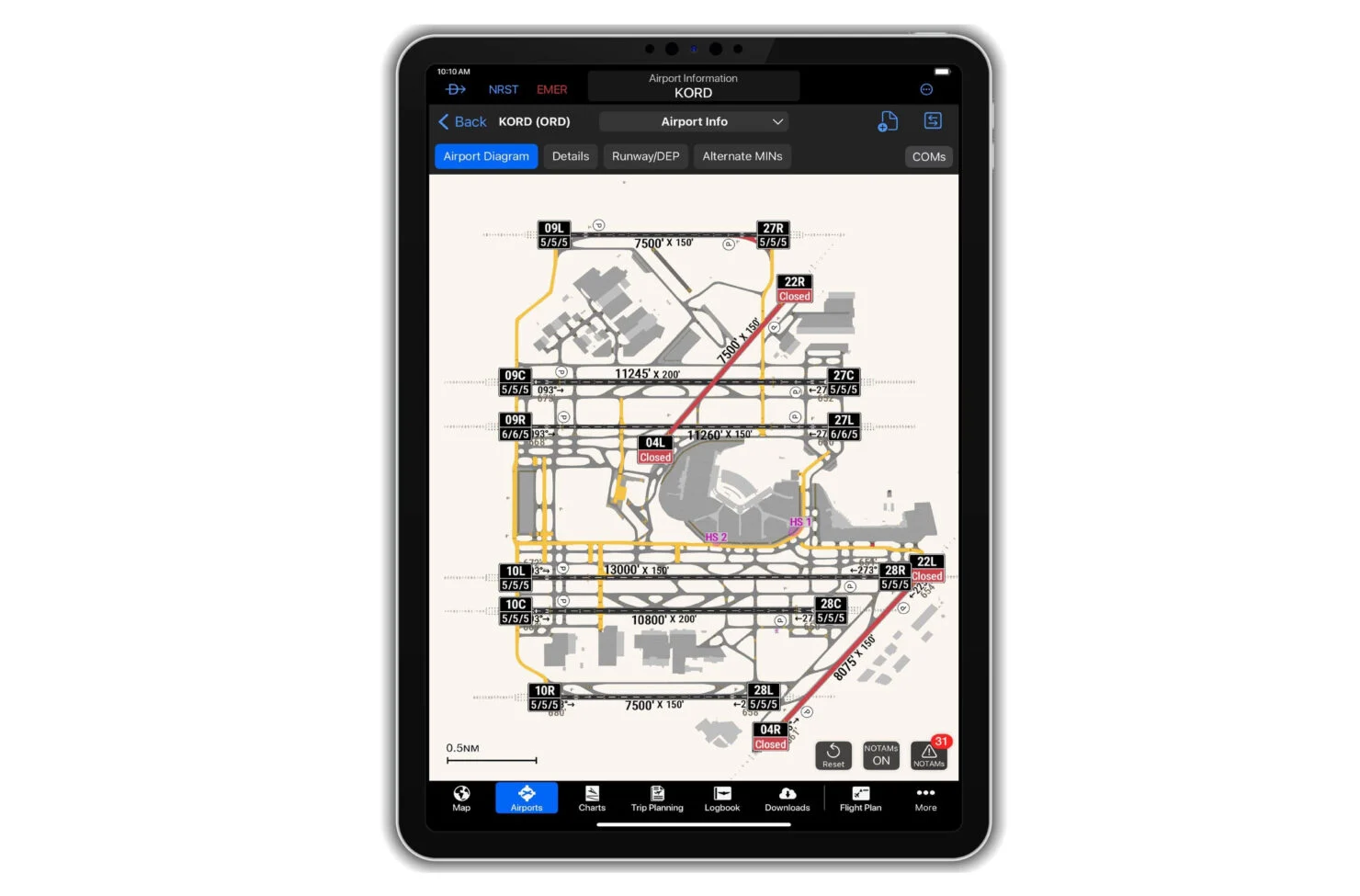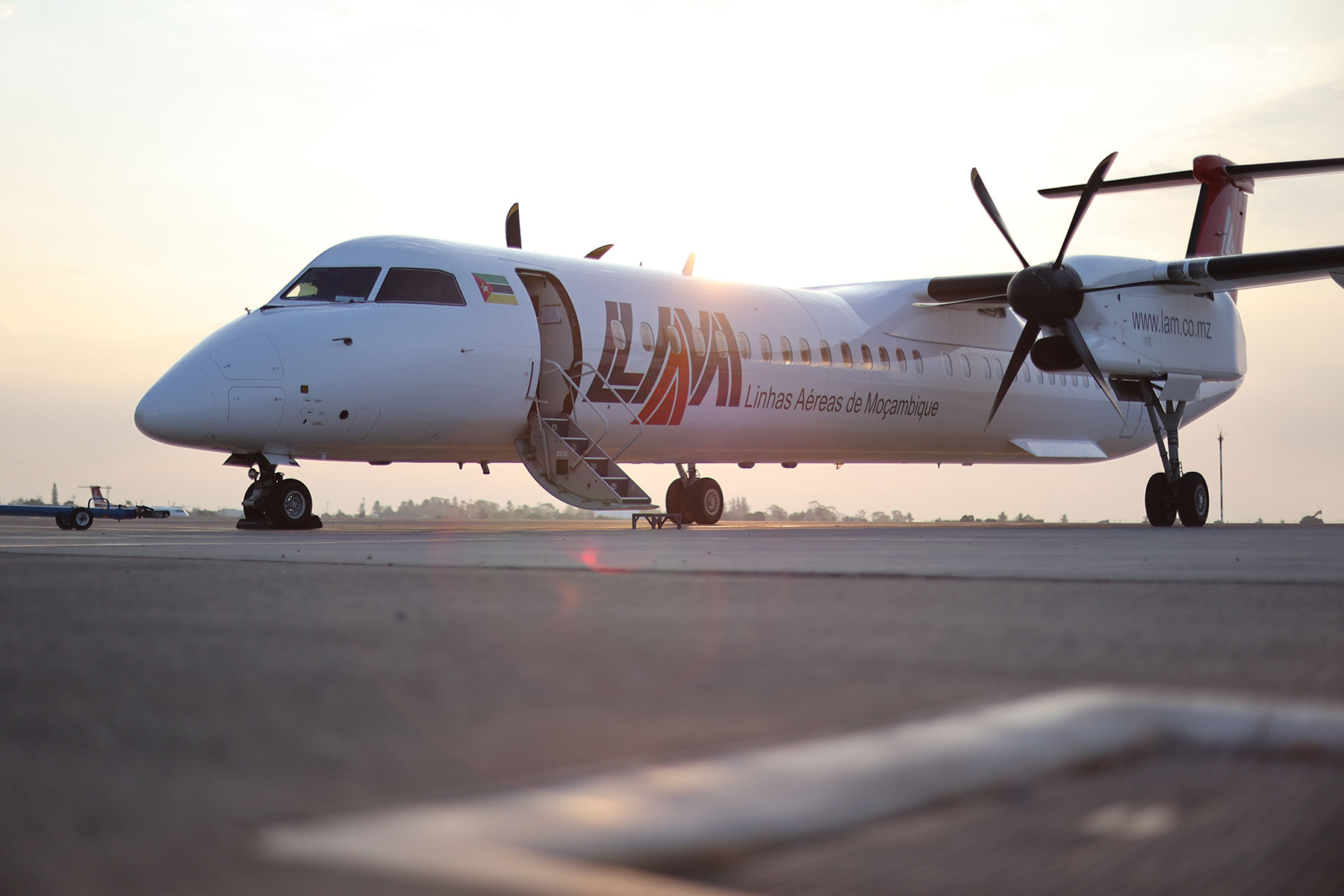- Global Reach: UNHAS transported over 355,000 passengers and nearly 5,000 metric tonnes of cargo across 394 destinations in 21 countries, supporting 615 humanitarian organisations.
- The majority of UNHAS operations took place in Africa, with major missions in countries such as South Sudan, Chad, Nigeria, Somalia, Sudan, and the DRC.
- UNHAS played a key role in rehabilitating airstrips in remote areas like Renk (South Sudan), Kalemie (DRC), and Ambovombe (Madagascar), improving humanitarian access and lowering operational costs.
- Climate Action: The trial use of electric ground power units in Afghanistan led to a 63% CO₂ reduction; UNHAS is preparing to launch its first SAF-powered humanitarian flight from Nairobi in 2025.
- Technology & Innovation: UNHAS is piloting unmanned aircraft systems (UAS) and has fully integrated 21 field operations into a centralised digital booking system, enhancing responsiveness and efficiency.
- The Cessna 208 Caravan and Airbus H215 “Super Puma” remain critical to operations, chosen for their reliability in remote, high-temperature, and difficult terrain environments.
- Operational Growth: Several countries saw double-digit passenger growth in 2024, including Chad (+23%), Somalia (+34%), and Kenya (+24%).
The United Nations Humanitarian Air Service (UNHAS), managed by the World Food Programme (WFP), has released its 2024 Annual Review, reflecting two decades of service in delivering humanitarian access to the world’s most isolated and crisis-affected regions. Established to bridge the gap where commercial aviation cannot operate, UNHAS continues to provide essential air links for aid agencies navigating conflict zones, climate emergencies, and geographically remote areas.
In 2024 alone, UNHAS supported more than 615 humanitarian organisations across 21 countries, facilitating the transport of over 355,000 passengers and nearly 5,000 metric tonnes of humanitarian cargo. Its fleet reached 394 destinations, reinforcing the service’s critical role in ensuring timely access to vulnerable populations. The year also saw more than 1,400 emergency medical evacuations and security relocations, underscoring UNHAS’s agility and frontline impact in volatile operating environments.
In line with the WFP Strategic Plan (2022–2025) and the Supply Chain Strategic Roadmap, UNHAS launched a new five-year aviation strategy aimed at increasing flexibility, digitalisation, and emergency response capacity.
Among the key elements is an emphasis on operational agility, with targeted improvements in fleet readiness, deployment mechanisms, and the rollout of a centralised digital booking platform, the UN Booking Hub, which now integrates all 21 field operations, enhancing service access for humanitarian partners in real time.
Balancing Urgency and Sustainability in Humanitarian Aviation
One of the things that stood out in the report was the effort UNHAS is making to reduce emissions, even while responding to emergencies in conflict zones. At first, it seems almost contradictory, given the nature of their work. However, it’s encouraging to see the exploration of technologies with long-term environmental benefits.
In Afghanistan, the trial use of electric ground power units led to a 63% drop in CO₂ emissions, and UNHAS is also looking into sustainable aviation fuels. Following WFP Aviation Service’s collaboration with ICAO through the Assistance, Capacity-building and Training for Sustainable Aviation Fuels (ACT-SAF) programme, significant steps have been made towards incorporating SAF into its operations. In partnership with key stakeholders, WFP Aviation Service is set to launch the first SAF-powered flight from Nairobi, Kenya, in 2025, positioning WFP as a leading advocate for SAF adoption in the global humanitarian aviation space.
In parallel, UNHAS is also evaluating the potential for unmanned aircraft systems (UAS) to complement traditional operations. This shift was piloted during Cyclone Gamane in Madagascar, where unmanned flights were used to support emergency logistics. While still in the early stages of operational integration, this move signals the beginning of a longer-term transition toward next-generation air mobility in a humanitarian context.
In May 2025, the United Nations formally endorsed a declaration to develop coordinated frameworks for the safe and effective use of unmanned aircraft systems (UAS). Led by the UN Department of Operational Support, WFP, and ICAO, the initiative involves twelve UN entities committed to harmonising UAS operations to support humanitarian aid, disaster response, and peacekeeping efforts. This move reflects the UN’s growing focus on leveraging advanced technologies to strengthen mission delivery across its global operations.
Strengthening Aviation Infrastructure for Humanitarian Reach

UNHAS operations often take place in areas with minimal or degraded aviation infrastructure. Beyond providing air access for humanitarian personnel and cargo, UNHAS plays a key role in strengthening national and regional aviation systems. In 2024, the service’s scope expanded to include infrastructure rehabilitation, personnel training, and systems modernisation in some of the most logistically constrained countries in Africa.
This included the rehabilitation of the airstrip in Renk, South Sudan—a critical gateway for displaced persons fleeing conflict in neighbouring Sudan. Prior to the intervention, the airstrip could only accommodate small 18-seater aircraft. UNHAS upgraded the runway and parking areas, enabling the safe operation of aircraft with up to 50-seat capacity. This infrastructure improvement significantly lowered operating costs and supported the scale-up of humanitarian activities in the region.
Training and capacity building were also major areas of focus. In South Sudan and Madagascar, for example, UNHAS collaborated with civil aviation authorities to deliver programmes in aviation meteorology, safety, and unmanned aircraft systems (UAS) deployment regulations. These initiatives are essential in environments where aviation oversight is limited, and they contribute directly to safer, more efficient humanitarian air operations.
Delivering Humanitarian Access Across Africa: UNHAS in Action
The 2024 Annual Review reveals the sheer scale and regional diversity of UNHAS operations across the African continent. From responding to natural disasters to navigating airspace restrictions in active conflict zones, each operation reflects the unique logistical and security challenges of its context.
Below is a breakdown of key activities by region:
Burkina Faso
UNHAS transported 21,682 passengers and 782.7 metric tonnes of cargo across 912 flights using four rotary-wing aircraft. In a move to ease the financial burden on responders, a 25% reduction in cargo fees for local NGOs was approved by the Steering Committee and implemented from September 2024.
Cameroon
Operating from Yaoundé to the northern towns of Maroua and Kousseri, UNHAS completed 623 flights with a 19-seater Beechcraft 1900, carrying 3,175 passengers and approximately 12 metric tonnes of cargo.
Central African Republic (CAR)
Despite an influx of refugees and ongoing insecurity, UNHAS maintained services using a streamlined fleet of three aircraft. In 2024, 19,551 passengers and 133 metric tonnes of cargo were transported.
Chad
With demand surging, UNHAS adjusted its weekly flight schedule and maintained four fixed-wing aircraft. Passenger numbers rose to 31,375, more than double the 2022 figure, making Chad one of the busiest UNHAS operations in Africa. Infrastructure rehabilitation efforts also continued alongside flight services.
Democratic Republic of the Congo (DRC)
UNHAS supported the health response to Mpox and Ebola by delivering vaccines and deploying surveillance teams. Across the year, 39,528 passengers and 488.7 metric tonnes of cargo were transported. Infrastructure repairs were also undertaken at Kalemie, Nyunzu, and Mambasa airfields.
Ethiopia
Focused on reaching refugee camps in the south near the Somali border, UNHAS Ethiopia operated two Cessna Grand Caravans. In addition to regular routes, several ad hoc medical evacuations were completed. The operation supported 3,662 passengers and moved 10 metric tonnes of cargo, with 544 flights completed during the 2024 timeframe.
Kenya
Following devastating floods, UNHAS supported the IOM’s refugee relocation programme from November onwards, flying at least 100 people per month. UNHAS transported 18,790 passengers and 69 metric tonnes of cargo. Kakuma’s runway and terminal were also repaired in 2024.
Madagascar
A LET-410 aircraft replaced a Cessna Caravan in March, expanding capacity to reach regions like Nosy Varika. Following Cyclone Gamane, UNHAS flew in supplies and personnel to affected areas. The Ambovombe airstrip was also rehabilitated. The fleet carried 3,563 passengers and 26 metric tonnes of cargo over 889 flights.
Mali
With a fleet consisting of a Beechcraft 1900, Dornier 228 and Dash 8, UNHAS Mali transported 13,585 passengers and 123.5 metric tonnes of cargo in 2024, supporting humanitarian efforts across difficult-to-access regions.
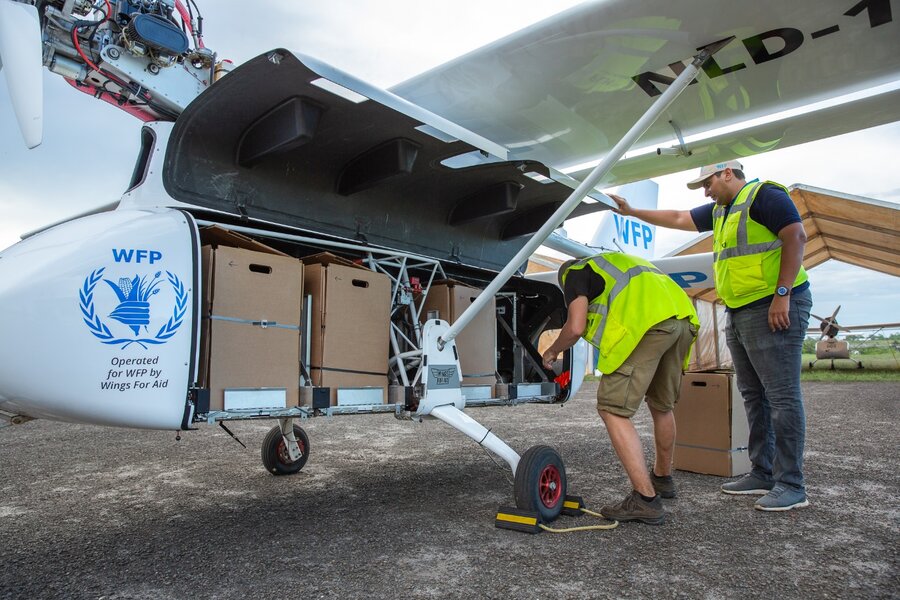
Mauritania
Operating from Nouakchott to Kiffa, Néma, and Bassikounou, UNHAS played a crucial role in providing access to the M’bera refugee camp. While road travel to the camp can take three days, UNHAS flights make the journey in under three hours.
Mozambique
With a streamlined fleet of one LET-410 and one Cessna Caravan, UNHAS supported the delivery of medical kits, shelter supplies, and nutrition aid. A total of 11,809 passengers and 37.7 metric tonnes of cargo were transported, and 1,961 flights were conducted.
Niger
Despite rising fuel costs and new local aviation fees, UNHAS Niger maintained uninterrupted services for over 180 humanitarian organisations. In 2024, it carried 14,566 passengers, delivered 43.2 metric tonnes of cargo, and performed 1,164 flights with two fixed-wing aircraft.
Nigeria
UNHAS invested in infrastructure upgrades, including helipad renovations in Borno State, where commercial operators cannot fly due to volatility. In total, UNHAS Nigeria completed 4,124 flights, transported 28,523 passengers, and delivered 415 metric tonnes of cargo across four aircraft.
Somalia
Operating five fixed-wing aircraft, UNHAS exceeded its passenger targets by 34%, transporting 16,079 individuals in 2024. It also managed the EU HAF helicopter and collaborated with the Somali Civil Aviation Authority. A Dornier 228 was added to meet increased demand from Mogadishu.
South Sudan
Responding to the ongoing Sudan crisis, UNHAS ramped up its flight schedule to Renk. Ten aircraft, including three helicopters, moved 65,798 passengers and 957 metric tonnes of cargo. Training programmes were conducted with the Civil Aviation Authority, and the Renk airstrip was rehabilitated.
Sudan
Amid active conflict, UNHAS maintained two airbridges into Port Sudan from Nairobi and Amman using medium jets. Despite airspace restrictions, GPS interference, and infrastructure damage, the operation carried 8,063 passengers and over 31 metric tonnes of cargo and conducted 507 flights.
Republic of Guinea
In 2024, UNHAS served destinations such as Nzérékoré, Kissidougou, Siguiri, and Faranah, completing 365 flights. Jet fuel shortages in July temporarily grounded operations. A total of 1,873 passengers and nearly 12 metric tonnes of cargo were transported.
A Fleet Built for Flexibility
UNHAS operates one of the most versatile humanitarian aviation fleets in the world, designed specifically for the complex environments it serves. In 2024, the fleet included a mix of fixed-wing and rotary-wing aircraft, chosen for their adaptability, efficiency and suitability for landing on short, unpaved or undeveloped runways.
Among the most relied-upon aircraft is the Cessna 208 Caravan, regarded as a true workhorse across multiple operations. Its low fuel consumption, short take-off and landing (STOL) capabilities, and modular interior configurations make it ideal for transporting passengers and light cargo in remote or rugged terrain. The Caravan’s powerful turboprop engine also allows it to perform reliably in high temperatures, a critical factor in many UNHAS-serviced regions.
For rotary-wing operations, the Airbus H215 “Super Puma” stands out for its reach and resilience. Capable of transporting up to 19 passengers and flying over 850 km without refuelling, the H215 is particularly effective in areas with limited fuel infrastructure. Its ability to take off and land on uneven terrain makes it a critical asset for medical evacuations, security relocations, and urgent relief drops.
The 2024 Annual Review highlights that UNHAS continues to adjust its fleet composition to better meet emerging operational demands, environmental constraints, and cost considerations. Whether phasing out less efficient aircraft, integrating unmanned aerial systems (UAS), or preparing for the use of sustainable aviation fuels (SAF), the fleet’s evolution reflects UNHAS’s broader push toward sustainability.
As global humanitarian needs rise due to protracted conflicts, climate shocks, and economic instability, UNHAS remains committed to ensuring that air transport continues to reach the people who need it most, safely, reliably and efficiently.
